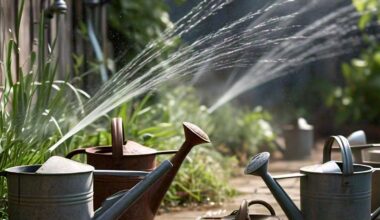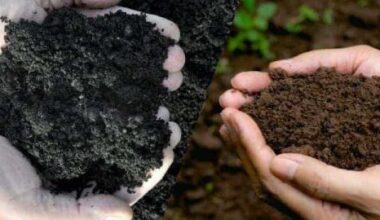In the great symphony of gardening, two instruments often get mistaken for each other – plowing and tilling. They’re like fraternal twins in the world of soil preparation; similar, yet different. It’s time to demystify these twin tasks once and for all.
Plowing is akin to that bold grandparent with their age-old wisdom while tilling is more like an eager millennial ready to revamp things freshly. You see, plowing requires strength as it involves turning over the earth, a bit like flipping pancakes on a giant scale! Tilling, on the other hand, feels more like making scrambled eggs by stirring up topsoil without going too deep.
As we prepare to dive beneath the surface (literally) of the plowing vs tilling debate, keep your shovels at the ready.
We’ll explore how these methods influence everything from crop yields to environmental impact. So sit tight folks; you’re about to embark on an earthy adventure where plows meet tillers in epic showdowns!
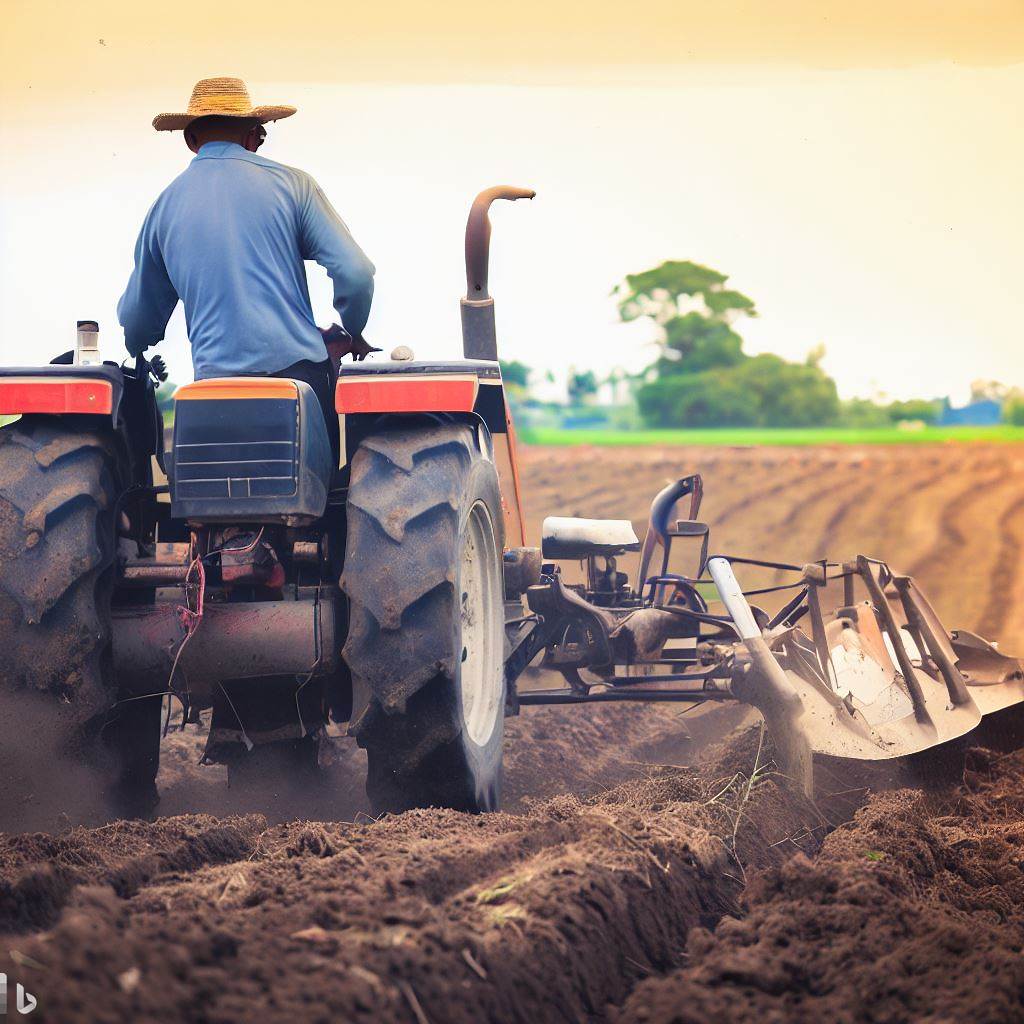
Purpose and Function of Plowing
When it comes to soil preparation in gardening or farming, plowing plays a crucial role. The main purpose of plowing is to loosen the soil and break up any compacted layers.
This allows for better root penetration, water absorption, and nutrient accessibility by plants. By creating furrows or rows, plowing also helps with proper seed placement.
Plowing has been used as a common practice in agriculture for centuries. It involves using a tractor to turn over the top layer of soil while breaking it into smaller clumps. As this process occurs, any weeds or residue from previous crops are buried beneath the surface.
Benefits and Limitations of Plowing
Plowing offers several benefits that contribute to successful garden cultivation and crop production efficiency. Firstly, it improves soil aeration by allowing oxygen to reach plant roots more easily. This promotes healthy root development and overall plant growth.
Furthermore, plowed fields have improved water infiltration rates due to increased pore space between soil particles. This means that water can penetrate deeper into the ground rather than pooling on the surface or causing runoff.
However, there are limitations associated with excessive plowing as well. Over time, frequent plowing can lead to erosion issues if not managed properly. Additionally, it may disrupt beneficial microbial activity within the soil ecosystem.
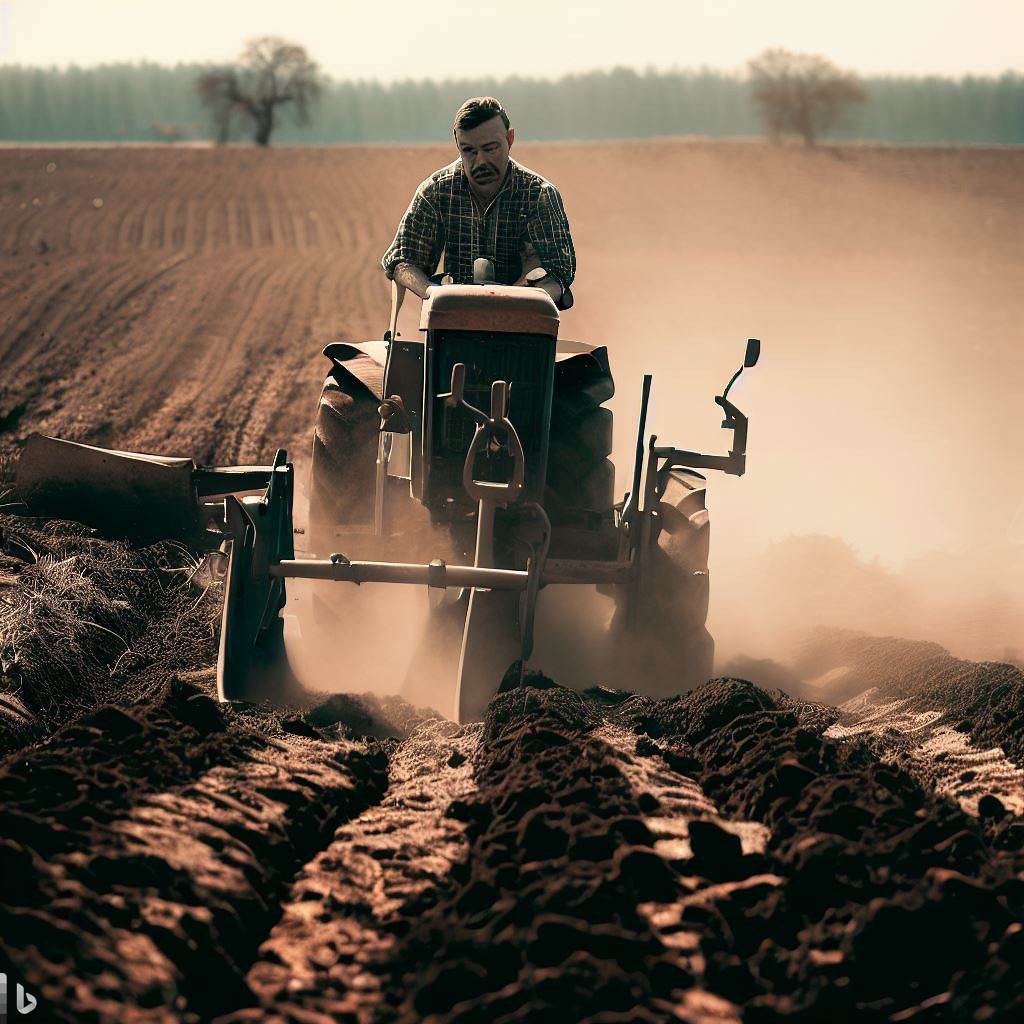
Practical Techniques in Plowing
To maximize the benefits of plowing while minimizing its limitations, farmers should consider certain techniques:
1) Timing: Plow when the soil is dry enough but not overly compacted.
2) Depth: Adjusting depth based on crop needs can prevent unnecessary disturbance and maintain structure.
3) Frequency: Avoid excessive annual plowings unless necessary for specific purposes like weed control or reducing disease pressure.
4) Residue management: Incorporating crop residues into the soil during plowing helps with organic matter decomposition and nutrient recycling.
Purpose and Function of Tilling
While plowing primarily focuses on turning over soil, tilling involves further refinement of the seedbed.
The goal of tilling is to create a fine-textured planting zone by breaking up clumps and smoothing the surface. This allows for more consistent seed placement and emergence.
Tilling is often utilized in garden settings where smaller areas can be managed without heavy machinery. It can be done manually using hand tools or with power tillers for larger plots.
Advantages and Disadvantages of Tilling
One advantage of tilling is its ability to control weeds effectively. By disrupting weed root systems, tilling can reduce competition for resources between weeds and cultivated plants.
Additionally, it helps incorporate necessary amendments like compost or fertilizer uniformly throughout the soil.
However, there are potential downsides to excessive tilling as well. Over time, frequent or deep tillage can lead to compaction layers forming beneath the tilled zone. This may hinder root growth and impact overall plant health.
Furthermore, intense mechanical disturbance caused by heavy equipment during large-scale farming operations can contribute to soil erosion risks.
Effective Methods in Tilling
To maintain soil health while practicing effective tillage techniques:
1) Timing: Till when the soil moisture content is optimal for proper structure maintenance.
2) Depth: Adjusting depth based on crop needs prevents unnecessary disturbance below desirable root zones.
3) Frequency: Limit annual tilling events unless specific requirements demand additional passes.
4) Conservation-minded approaches: Adopting reduced-tillage systems such as strip-till or minimum-till methods help preserve beneficial soil structure while achieving desired results.
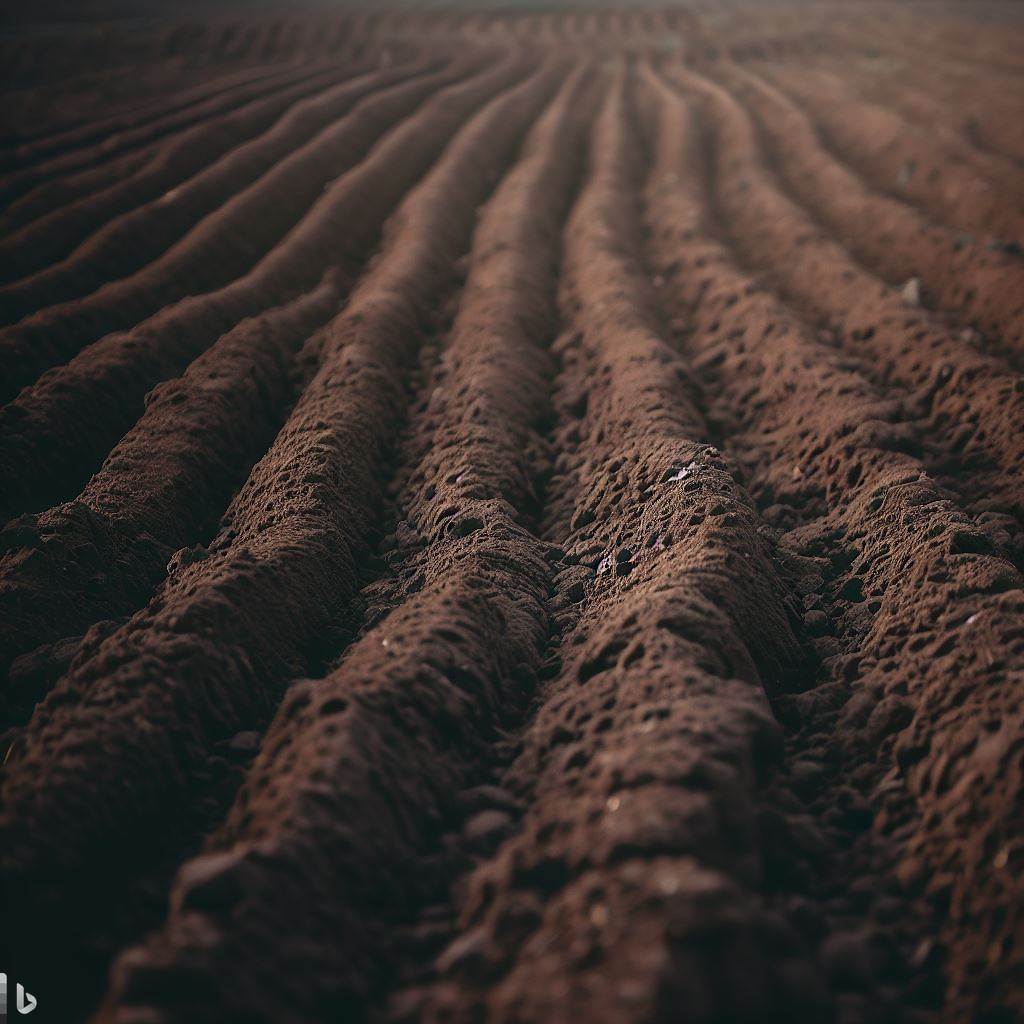
Comparing Environmental Impact: Plowing vs. Tilling
Addressing the plowing vs tilling concept reveals one common ground: they both have environmental consequences, particularly when practiced at large scales or without proper management.
Soil erosion is an immediate concern as it leads to a loss of fertile topsoil, impacts water quality in streams and rivers, and affects wildlife habitats.
Excessive tillage can result in increased greenhouse gas emissions due to the release of carbon dioxide from disturbed soil organic matter. It also disrupts soil organisms’ natural habitat which influences nutrient cycling processes.
On the other hand, reduced-tillage systems are gaining popularity for their positive impact on soil health and overall sustainability. These methods promote conservation by minimizing soil disturbance while still achieving crop production goals.
Agricultural Yields: Effectiveness of Plowing vs. Tilling
When it comes to comparing agricultural yields between plowing and tilling, it heavily depends on various factors such as crop type, local climate conditions, farm size, available resources, and overall management practices.
In some cases, plowing may be necessary for specific crops that thrive in well-aerated soils with good drainage properties like root vegetables or certain grains. The thorough mixing of residues into the soil helps reduce pest pressure by burying overwintering pests or diseases.
Nonetheless, modern research shows that reduced-tillage methods can achieve comparable yields with less energy input and time commitment than traditional plow-based systems.
Transitioning towards sustainable practices allows farmers to maintain long-term productivity while benefitting ecosystem health.
Impacts on Soil Health from Both Techniques
Soil health is a key consideration when deciding between plowing and tilling techniques. Excessive plowing may degrade soil structure by breaking down aggregates formed by beneficial microbial activities over time.
However, strategic use of occasional or shallow plowing can help manage compaction issues caused by heavy machinery traffic during planting or harvesting periods.
Similarly with tillage practices; excessive tilling can lead to soil compaction, reduced water infiltration rates, and accelerated erosion. On the other hand, responsible tilling practices ensure the proper incorporation of organic matter during initial bed preparation for improved nutrient availability.
Ultimately, it is crucial to strike a balance between soil disturbance and preservation of its natural ecosystem to maintain long-term fertility and productivity.
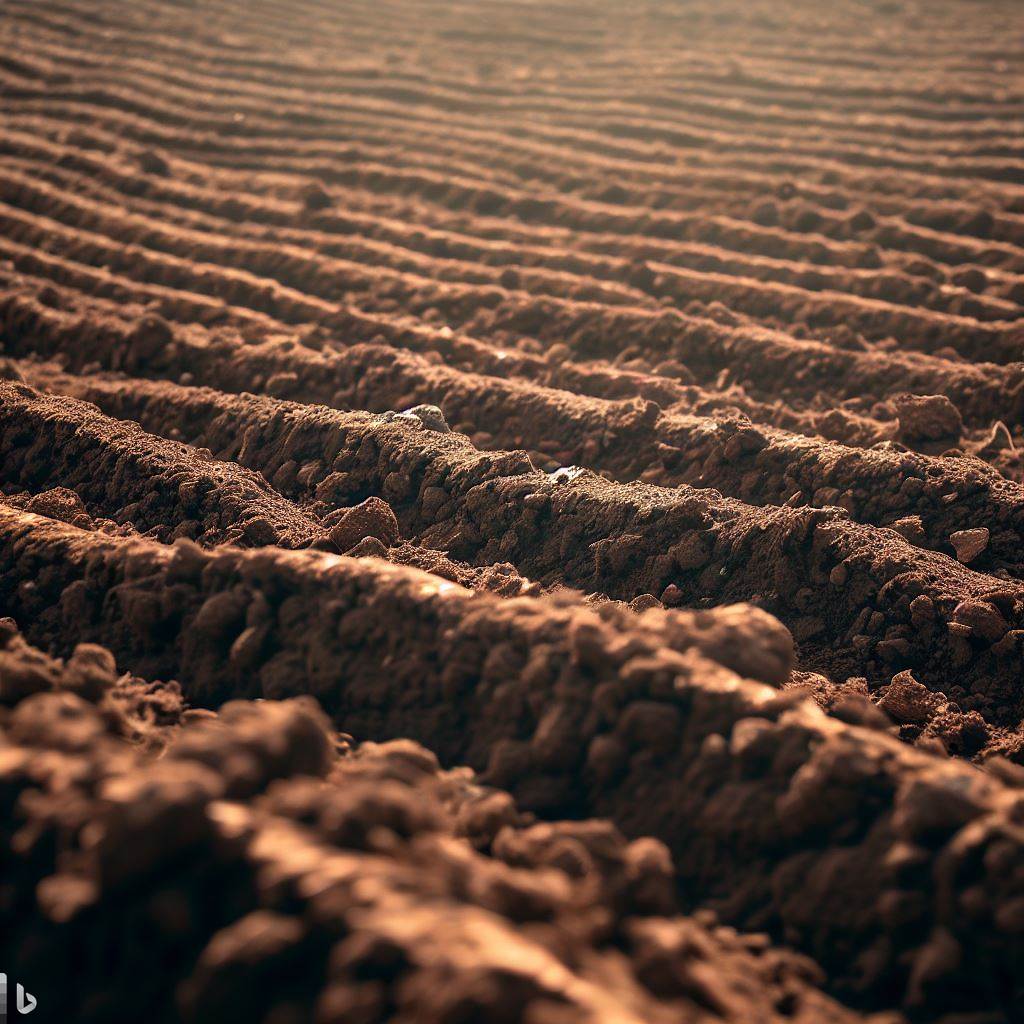
Choosing between Plowing or Tilling Based on Crop Type
The type of crop being grown also plays a significant role in determining whether plowing or tilling is more suitable. Some crops, such as root vegetables like carrots or potatoes, benefit from deep plowing to create loose soils conducive for tuber formation.
Annual crops like corn may require some form of tillage initially. However, transitioning towards reduced-tillage techniques after establishment can help maintain better structure and minimize erosion risks.
For delicate plants with shallow root systems or perennial crops like berries or fruit trees that dislike heavy disturbances around their base area, relying solely on surface tillage may be preferable.
Considering the specific needs of each crop will guide decisions related to soil cultivation methods most appropriate for optimal growth and yield potential while minimizing environmental impact.
Practical Considerations for Farmers when Deciding between Both Techniques
When choosing between plowing and tilling techniques in agriculture operations:
1) Evaluate overall sustainability objectives: Identify your farm’s broader goals regarding sustainable land management practices along with desired outcomes in terms of production efficiency and environmental stewardship.
2) Soil assessment: Conduct regular soil tests to understand existing conditions including texture composition, nutrient levels, and organic matter content which guides decision-making regarding necessary amendments.
3) Economic viability: Consider available resources such as equipment availability/costs before implementing any major changes in methodological approach.
4) Trial period: Start by experimenting with small sections within fields using different techniques side-by-side over time while carefully observing plant responses as well as soil conditions.
5) Peer knowledge sharing: Seek advice from local agricultural extension services, farming communities, or experienced growers who have successfully adopted reduced-tillage or conservation-based approaches. They can provide practical tips and tricks based on regional experiences.
Summary: Plowing vs Tilling
The choice between plowing and tilling depends on multiple factors such as crop type, farm size, available resources, sustainability goals, and local environmental considerations.
By understanding the purpose and function of each technique along with their advantages and limitations, farmers can make informed decisions to maximize productivity while preserving soil health for future generations.
Remember that adopting conservation-minded practices is essential for sustainable agriculture in the face of increasing global challenges related to climate change and resource availability.

